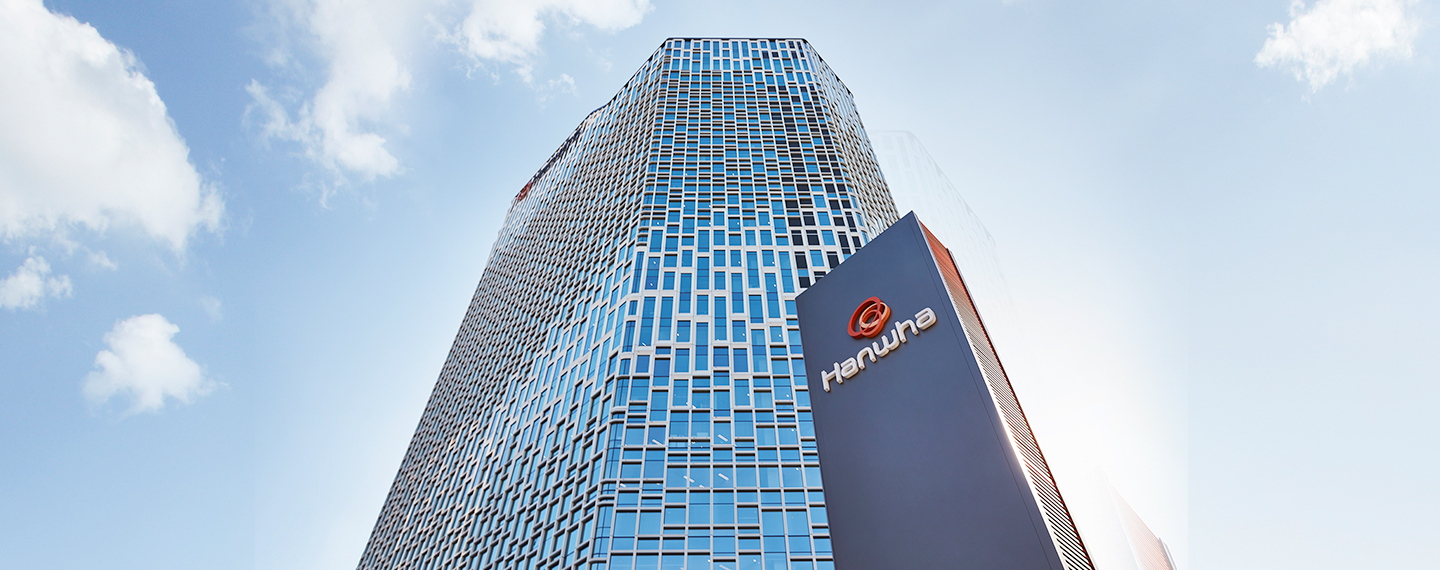Wes Anderson's World-Building: Archives Debut In London

Table of Contents
The Meticulous Design of Wes Anderson's Worlds
Wes Anderson's films aren't just movies; they're meticulously constructed worlds brimming with visual detail and deliberate design choices. His signature aesthetic is instantly recognizable, a blend of precision and whimsy that captivates audiences. Key elements of his world-building include:
-
Symmetry and Geometric Patterns: Anderson's films are famous for their symmetrical compositions and the use of geometric patterns. Think of the perfectly aligned buildings in The Grand Budapest Hotel or the carefully arranged tents in Moonrise Kingdom. This deliberate use of symmetry creates a sense of order and balance, even amidst the often chaotic narratives. The visual precision is a key component of his visual storytelling.
-
Distinctive Color Palettes: Each Wes Anderson film boasts a unique color palette, carefully chosen to evoke specific moods and atmospheres. The pastel hues of Moonrise Kingdom contrast sharply with the richer, more saturated tones of The Royal Tenenbaums. This attention to color is not merely decorative; it's integral to the overall emotional impact of each scene and contributes significantly to his world-building.
-
Costume Design as Character Development: Costumes in Anderson's films are not just clothing; they're extensions of the characters themselves, reflecting their personalities and social standing. The meticulously detailed outfits in The Darjeeling Limited or the distinct uniforms in The Grand Budapest Hotel speak volumes about the characters without a single word of dialogue. The visual cues offered through costume design enhance the immersive experience.
-
Set Design Precision: The level of detail in Anderson's set designs is astonishing. Every prop, every backdrop, every piece of furniture is carefully chosen and placed to enhance the narrative and contribute to the overall atmosphere. The painstaking attention to detail creates a believable and immersive world, drawing the audience completely into the story. This meticulous approach extends to the production design as a whole, creating a cohesive and unforgettable aesthetic.
Character Development and Quirky Personalities
Anderson's world-building is equally defined by its inhabitants. He populates his films with memorable, eccentric characters who, despite their quirks, feel remarkably real.
-
Recurring Character Archetypes: While each character is unique, Anderson often employs recurring archetypes: the lonely protagonist struggling with identity, the wise but eccentric mentor figure, the dysfunctional family unit. These archetypes resonate with viewers and add a layer of familiarity to his otherwise unconventional narratives. These characters are essential to his cinematic universe.
-
Eccentric Personalities Shaping the World: The unique personalities of Anderson's characters are central to the world-building process. Their interactions, conflicts, and relationships shape the environment and drive the narrative forward. The quirky personalities are essential to the overall feel of his films.
-
Relationships as Narrative Drivers: The relationships between characters often form the emotional core of Anderson's narratives. These complex and often dysfunctional dynamics create conflict, humor, and ultimately, a deeper understanding of the world he's crafted. The interplay between characters significantly impacts the world's atmosphere.
-
Memorable Characters: From Max Fischer in Rushmore to Margot Tenenbaum in The Royal Tenenbaums, Anderson's characters are instantly recognizable and deeply memorable, becoming iconic symbols of his unique cinematic style. These individuals enhance the uniqueness of his visual storytelling and contribute to the overall feel of his work.
The Narrative Structure and Storytelling Techniques
Anderson's distinctive storytelling style is another key element of his world-building. He uses a variety of techniques to create immersive and unforgettable cinematic experiences.
-
Narrative Voice and Immersion: Anderson’s films often employ a unique narrative voice, whether through voiceover narration or carefully constructed dialogue. This carefully controlled narration enhances the immersion and allows the audience to connect deeply with the world presented on screen.
-
Visual Storytelling Mastery: Anderson is a master of visual storytelling. His use of framing, composition, and mise-en-scène (the arrangement of actors and objects within the frame) creates a visually stunning and emotionally resonant experience.
-
Mise-en-scène and Atmosphere: The careful arrangement of elements within the frame contributes to the distinct atmosphere of each film. The use of specific colors, props, and camera angles are all carefully calculated to evoke specific emotions and create a sense of place.
-
Dialogue and Atmosphere Creation: The dialogue in Anderson’s films isn’t just exposition; it’s an integral part of the world-building, shaping the characters and their relationships and contributing to the unique atmosphere of each film. The dialogue directly impacts the overall feel of the world.
The London Archive: A Deeper Dive
The recently opened London archive exhibition offers a unique opportunity to delve deeper into the intricate world-building of Wes Anderson.
-
Immersive Exhibition Details: The exhibition promises an immersive experience, offering a behind-the-scenes look at the creation of his films. The exact location and details should be easily searchable online.
-
Artifacts on Display: Visitors can expect to see a range of artifacts, including props, costumes, sketches, photographs, and storyboards. These elements showcase the meticulous planning and execution that goes into creating his distinct cinematic universe.
-
Interactive Elements: The exhibition is likely to incorporate interactive elements, allowing visitors to engage more deeply with the world of Wes Anderson. Check for details about interactive elements that enhance the overall visitor experience.
-
Behind-the-Scenes Look: The archive promises a revealing glimpse into the creative process, showcasing the collaborative efforts and painstaking attention to detail that define Anderson's unique approach to filmmaking. The exhibition offers a unique opportunity to explore the artistry behind the scenes.
Conclusion
Wes Anderson's world-building is a masterful blend of meticulous design, quirky characters, and unique narrative techniques. The London archive exhibition provides a fascinating opportunity to explore the intricacies of his creative process and appreciate the artistry behind his cinematic universes. His films are more than just movies; they are meticulously crafted worlds that invite repeated exploration and profound engagement. Immerse yourself in the whimsical worlds of Wes Anderson! Don't miss the opportunity to experience the captivating new archive in London. Explore the intricate details and unique design elements that define his cinematic style. Discover the artistry behind Wes Anderson's world-building for yourself. Visit the exhibition and witness the magic firsthand.

Featured Posts
-
 Personal Loan Interest Rates Today Find Your Best Rate
May 28, 2025
Personal Loan Interest Rates Today Find Your Best Rate
May 28, 2025 -
 Arsenals Last Five Matches Against Psv Eindhoven A Detailed Look
May 28, 2025
Arsenals Last Five Matches Against Psv Eindhoven A Detailed Look
May 28, 2025 -
 Program Pengelolaan Sampah Di Bali Dukungan Kodam Udayana Untuk Lingkungan Yang Lebih Baik
May 28, 2025
Program Pengelolaan Sampah Di Bali Dukungan Kodam Udayana Untuk Lingkungan Yang Lebih Baik
May 28, 2025 -
 Prakiraan Cuaca Akurat Kalimantan Timur Ikn Balikpapan Samarinda
May 28, 2025
Prakiraan Cuaca Akurat Kalimantan Timur Ikn Balikpapan Samarinda
May 28, 2025 -
 Persemian Gerakan Bali Bersih Sampah Peran Masyarakat Dan Pemerintah
May 28, 2025
Persemian Gerakan Bali Bersih Sampah Peran Masyarakat Dan Pemerintah
May 28, 2025
Latest Posts
-
 8 Waaree Premier Energies
May 30, 2025
8 Waaree Premier Energies
May 30, 2025 -
 Waaree Premier Energies 8
May 30, 2025
Waaree Premier Energies 8
May 30, 2025 -
 Increased Market Share Hanwha And Ocis Play In The Us Solar Market Following New Tariffs
May 30, 2025
Increased Market Share Hanwha And Ocis Play In The Us Solar Market Following New Tariffs
May 30, 2025 -
 Hanwha And Oci Capitalize On Us Solar Import Tariffs
May 30, 2025
Hanwha And Oci Capitalize On Us Solar Import Tariffs
May 30, 2025 -
 New Us Tariffs On Solar Imports How Hanwha And Oci Plan To Expand
May 30, 2025
New Us Tariffs On Solar Imports How Hanwha And Oci Plan To Expand
May 30, 2025
